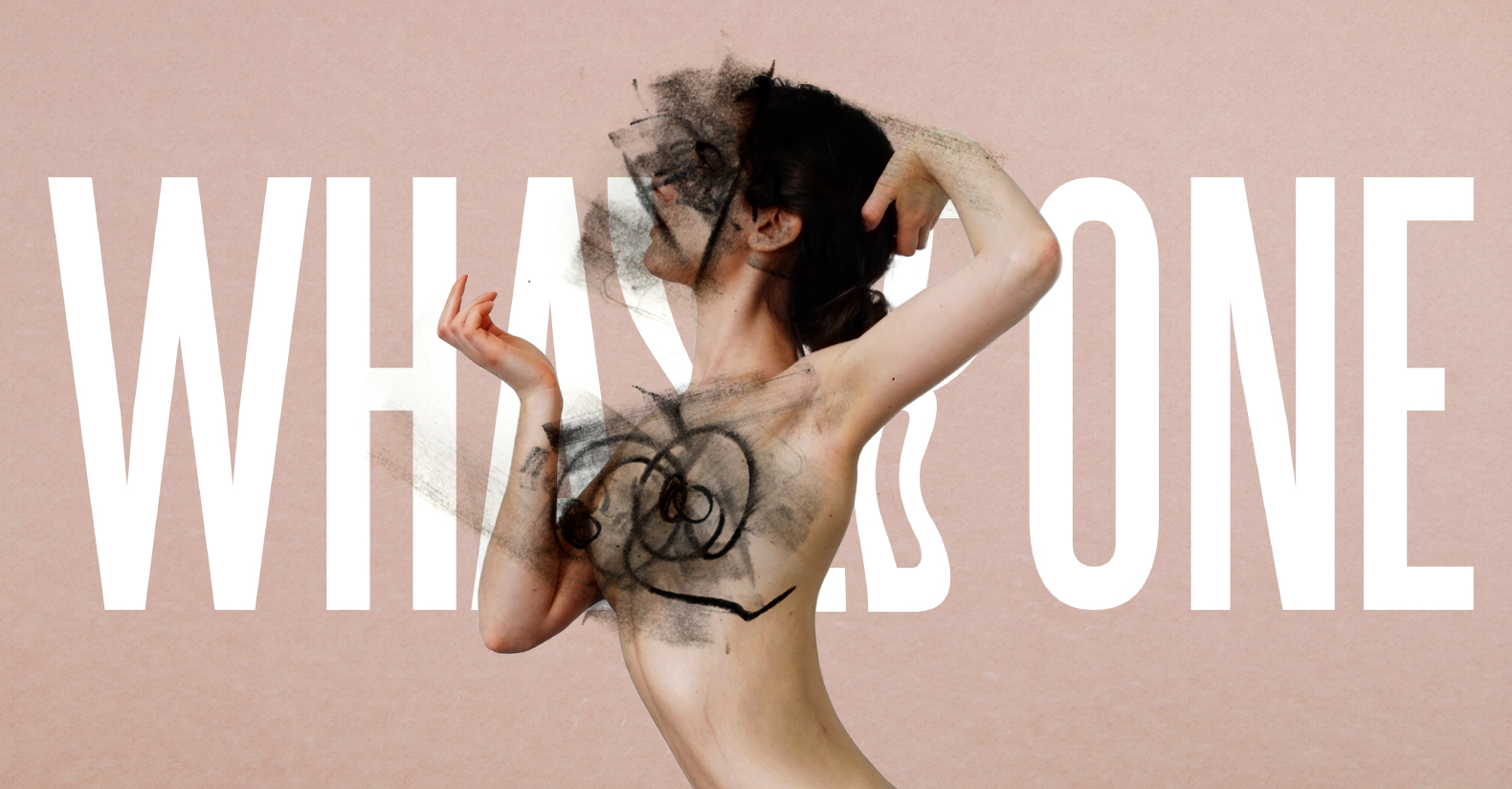The three performers from Hatchit Theatre Company stand awkwardly on the stage of the Cellar Room in the Pleasance Courtyard. They are all wearing tight fitting corsets and appear to be waiting for something to happen. Behind them is a large cardboard box marked ‘Balloons’ and beyond this is an overhead projector. Whalebone employs three puppeteers who manipulate objects, utilise an overhead projector and conform their bodies to tell a story about body image and control.
Throughout the performance we hear a recorded female voice who informs the audience about her own issues with body images and the pressure she feels to look and act a particular way. The performers use puppetry to express the personal feelings of this voice and inventively utilise umbrellas and balloons to distort and manipulate the body of the puppet. This is interjected with finger puppetry on top of the overhead projector and the shadows of the fingers find themselves blown up on the screen to the back of the stage. This in turn emphasises the body and space and plays with size, shape and image. Hatchit Theatre are a company who like to experiment whilst tackling big and important issues and this experimentation is what makes Whalebone and enjoyable and poignant show.
Whalebone works best when the performers make use of the puppets and object to present their story. When puppetry is not employed and the storytelling is conveyed solely through the voice, the visual theatre aspect of the show is very much missed. The message is still present through, but it hits home more succinctly and powerfully when object manipulation is the driving force of the show.
